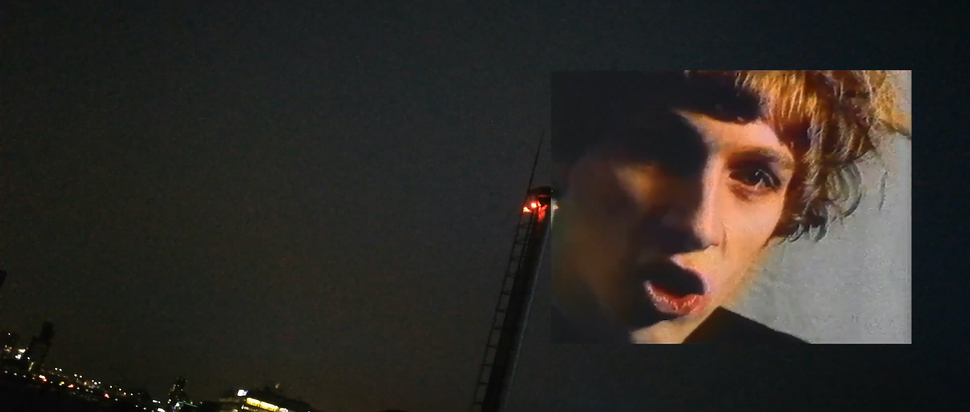GSA Showcase 2021: School of Simulation and Visualisation
This year's School of Simulation and Visualisation’s Sound for the Moving Image class present work demonstrating their adaptability and resilience
The School of Simulation and Visualisation’s Sound for the Moving Image programme offers a very particular and specialised lane of teaching at GSA. The programme looks to develop a mixture of practical and conceptual skills in sonic art and audio production. These pair with the making of film, animation or game design, and in ordinary circumstances, students are offered the extent of the School’s tools and facilities. As I’m sure goes without saying, this hasn’t been the case for this graduating class, in view of the past year. It is evident from the varied and complex selection displayed within the Graduate Showcase that these artists’ work is a product of their own adaptable skillset, and no less self-will, as can be said across disciplines.
A majority of the works are intrinsically modern in either materiality or subject, drawing from contemporary techniques and cultural references. Areas of interest include neurodiversity, homage to artworks from Dada, and the nature of sound itself. The application of sound is broad. Often students have opted to appropriate images and film – with their artwork moving these into a completely new realm. Panoraia Vitali’s Dada Dress is laced with audio excerpts lifted from feminist speech and poetry, to reinforce its historical precedent.
Alternately, some craft audio sculptures and installations, interactive or definite. Deep Blue by Claude Barnes considers the digital lifestyle which most have been subjected to as of late – naturally a topic shared with a handful of works – in the form of a mixed media web-based installation, its title adopted from the first computer chess program to win against a world champion.
Others use dubbing and documentary methods to chronicle different perspectives and eras. Christy Bain-Bramley premieres the short form documentary Dragged Up, which considers the lifestyles and careers of select alternative musical acts who found success from Scotland during the 1980s – from the likes of Orange Juice to Strawberry Switchblade, and everything in-between. The film pairs recent shots of locations across Glasgow (such as the acts’ local haunts) side by side with archival footage and images. The piece found its roots in zine-making and Bain-Bramley’s growing familiarity with the sparse production equipment available during lockdown. In some ways this reflects the circumstances in which his subjects would have burgeoned; generating art with integrity, in a creative space that sits comfortably at odds with others of major capital.
Kelsey Jones’ film when life gives you lemons consists of spoken poetry and original footage. It seeks to illustrate the unpredictable tendency of emotion, as we are admitted a glance of some personal camera roll selections, backed by her own musical composition. Company seems a recurrent strand in this work; the presence of her peers is notable as a motivator and theme during this production and perhaps practice on the whole. Consistently, it is apparent that making in any sense can prove difficult when interpersonal validation is jeopardised. The testament of these graduates indicates as much, but nevertheless, their industrious effort is on display within the Showcase. Where specialities and interests vary, the creators share commonality in that.
The students’ works will be displayed in tandem with a committed event, a free-form interactive discussion with Danielle Brathwaite-Shirley and Maria Sappho. The topic at hand is Toolkits for Decision Making, regarding forms of privilege in making and its effect upon artistic choices in practice
